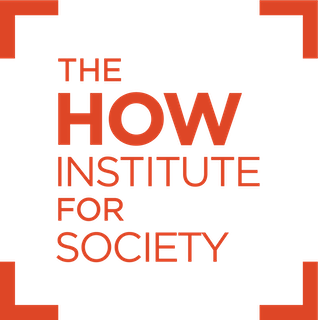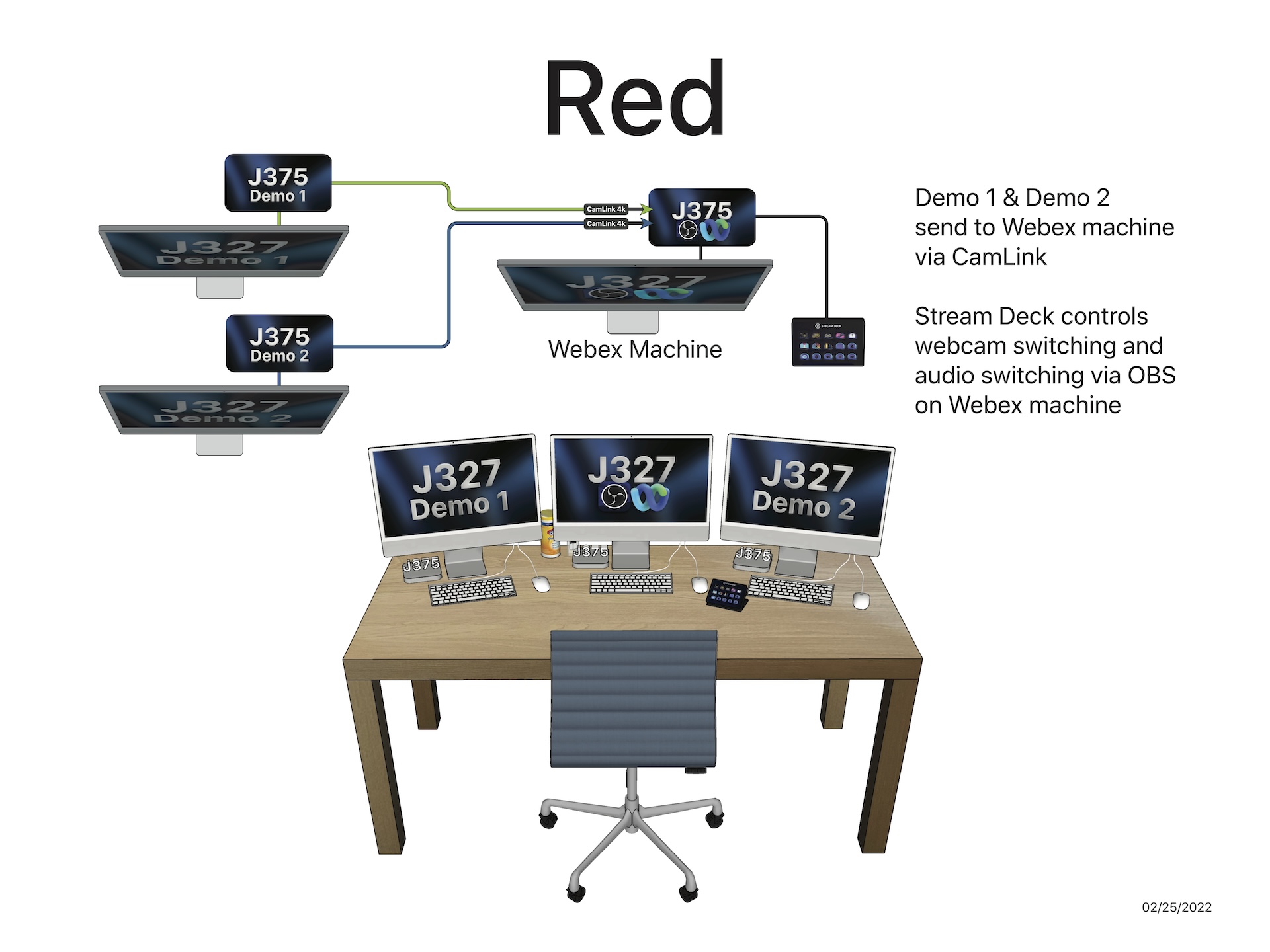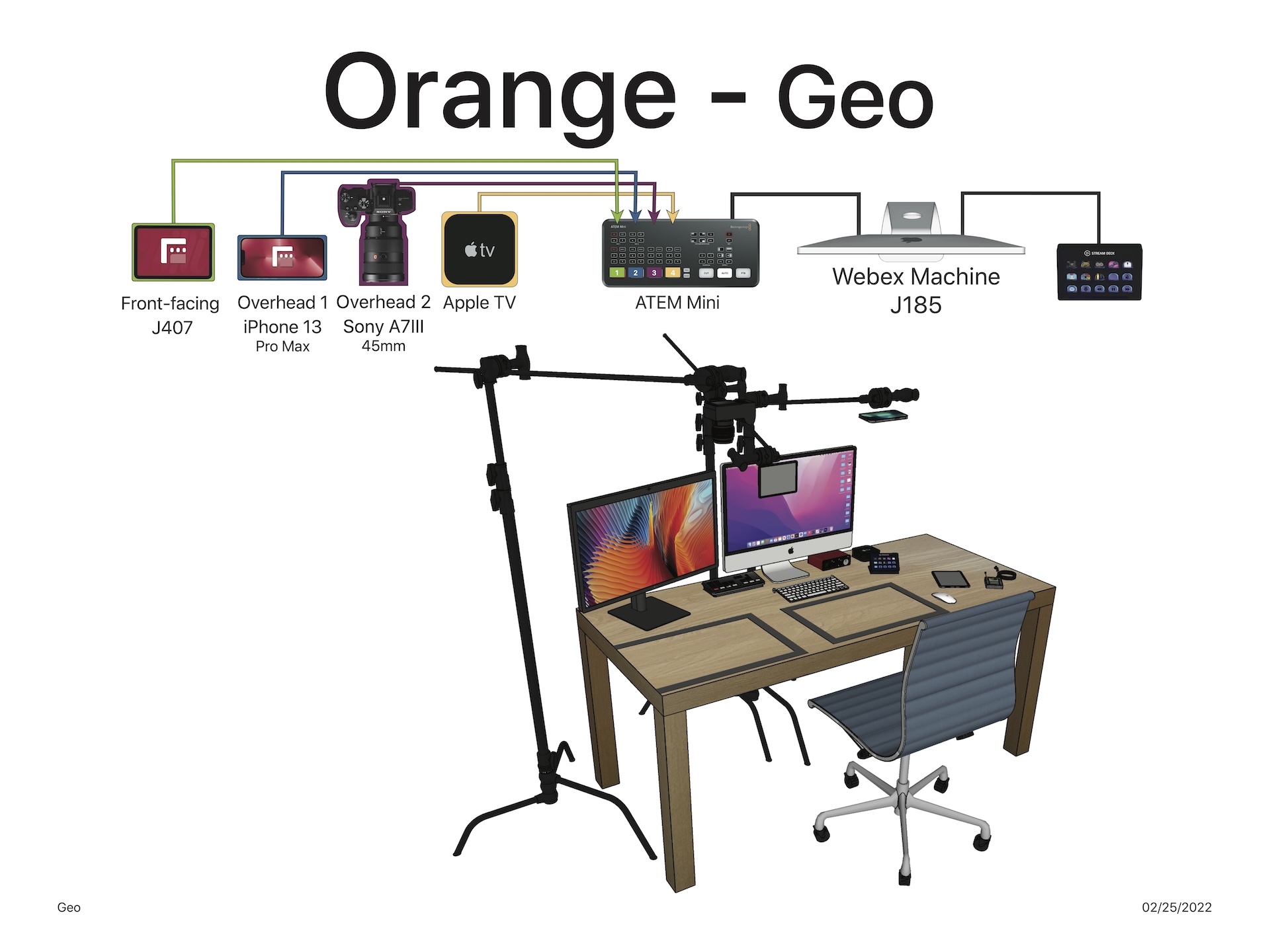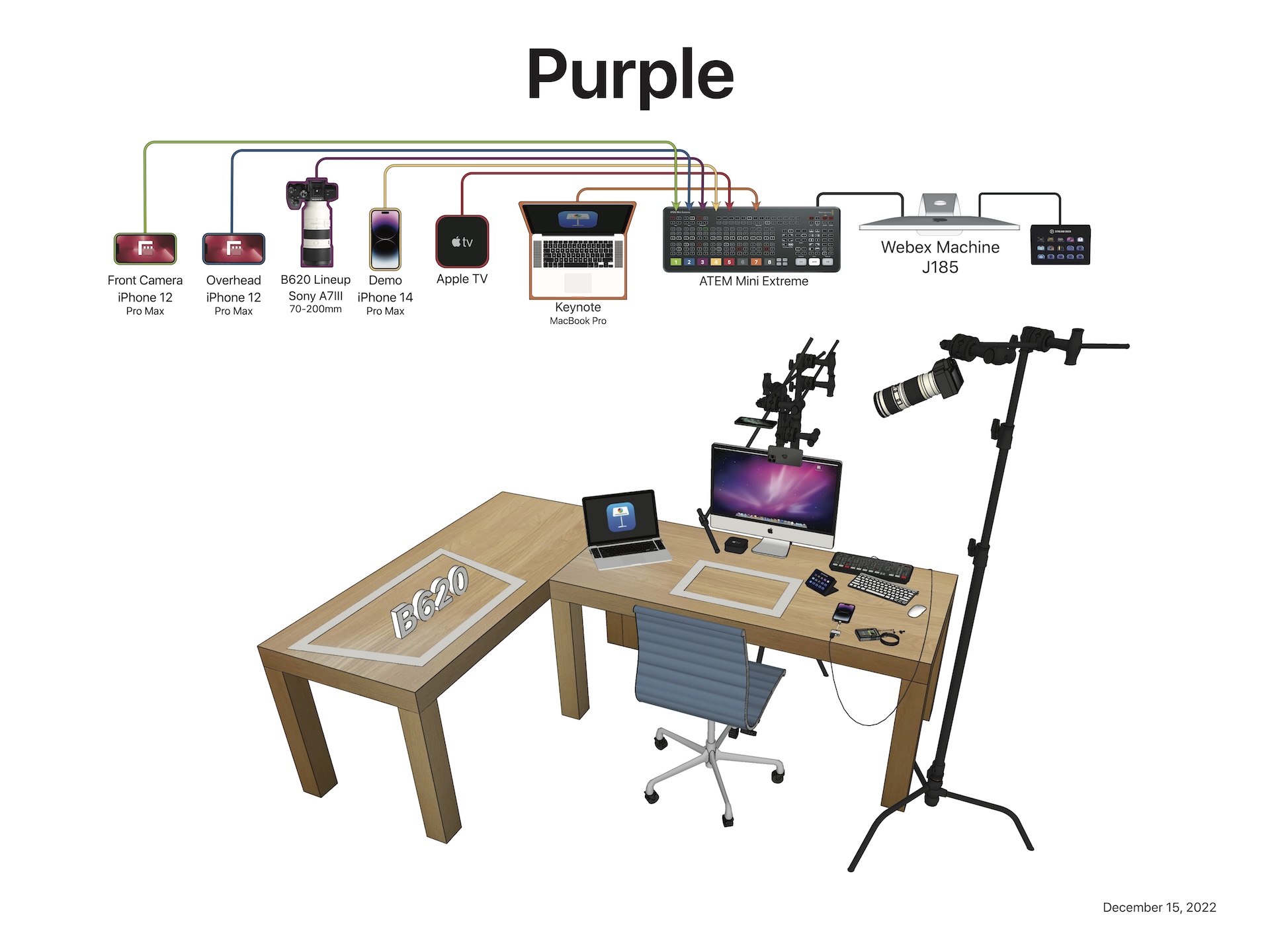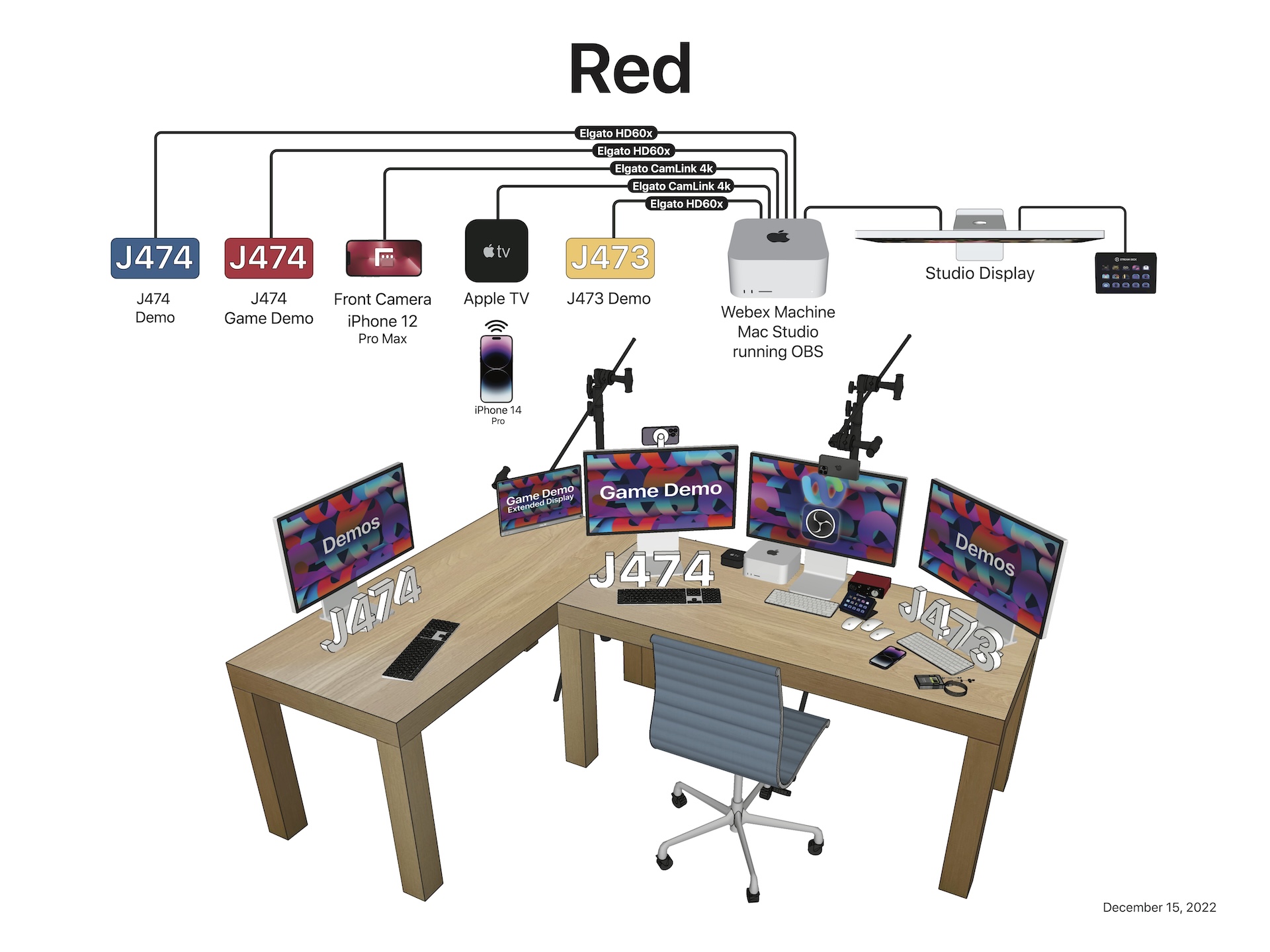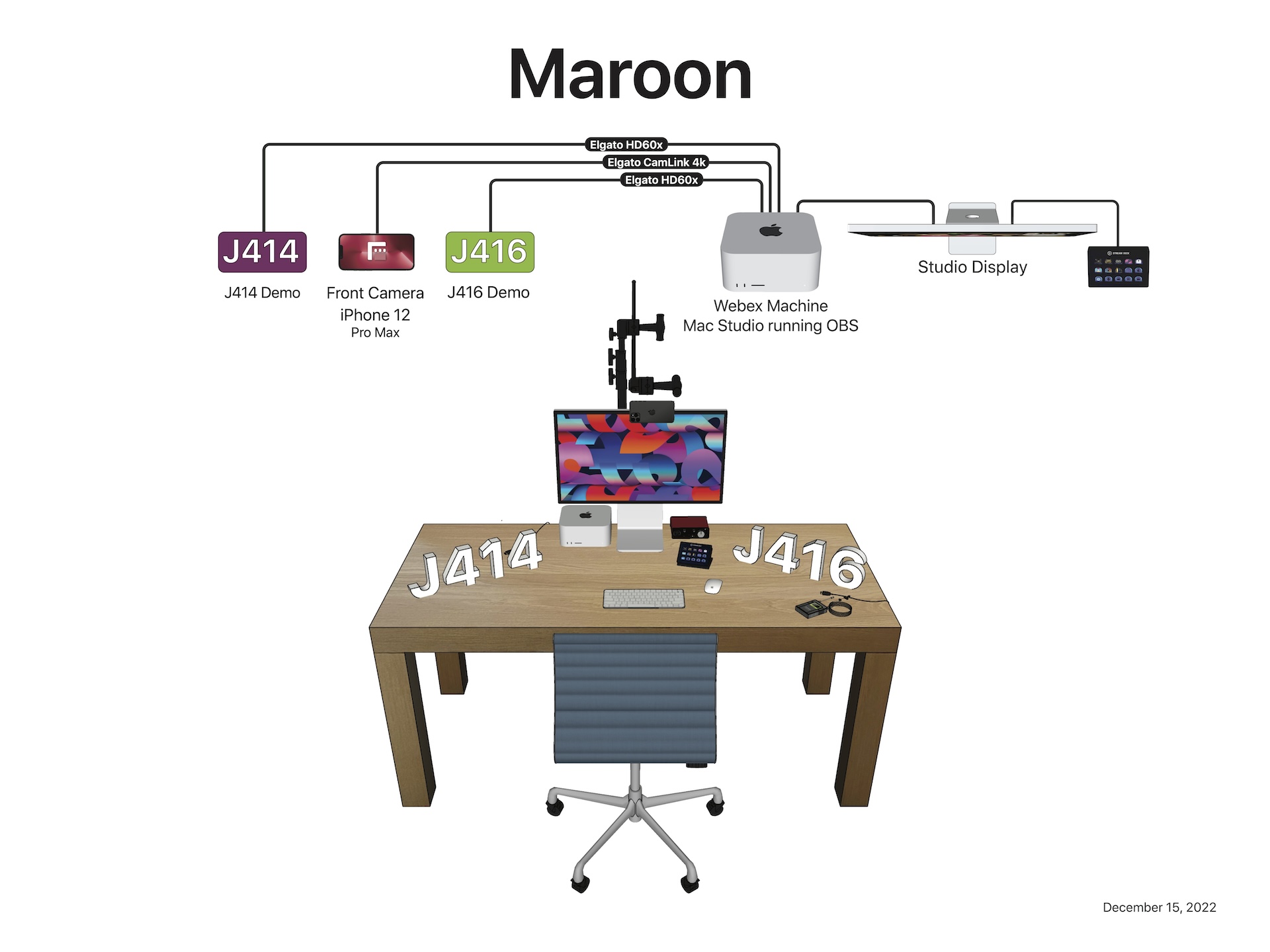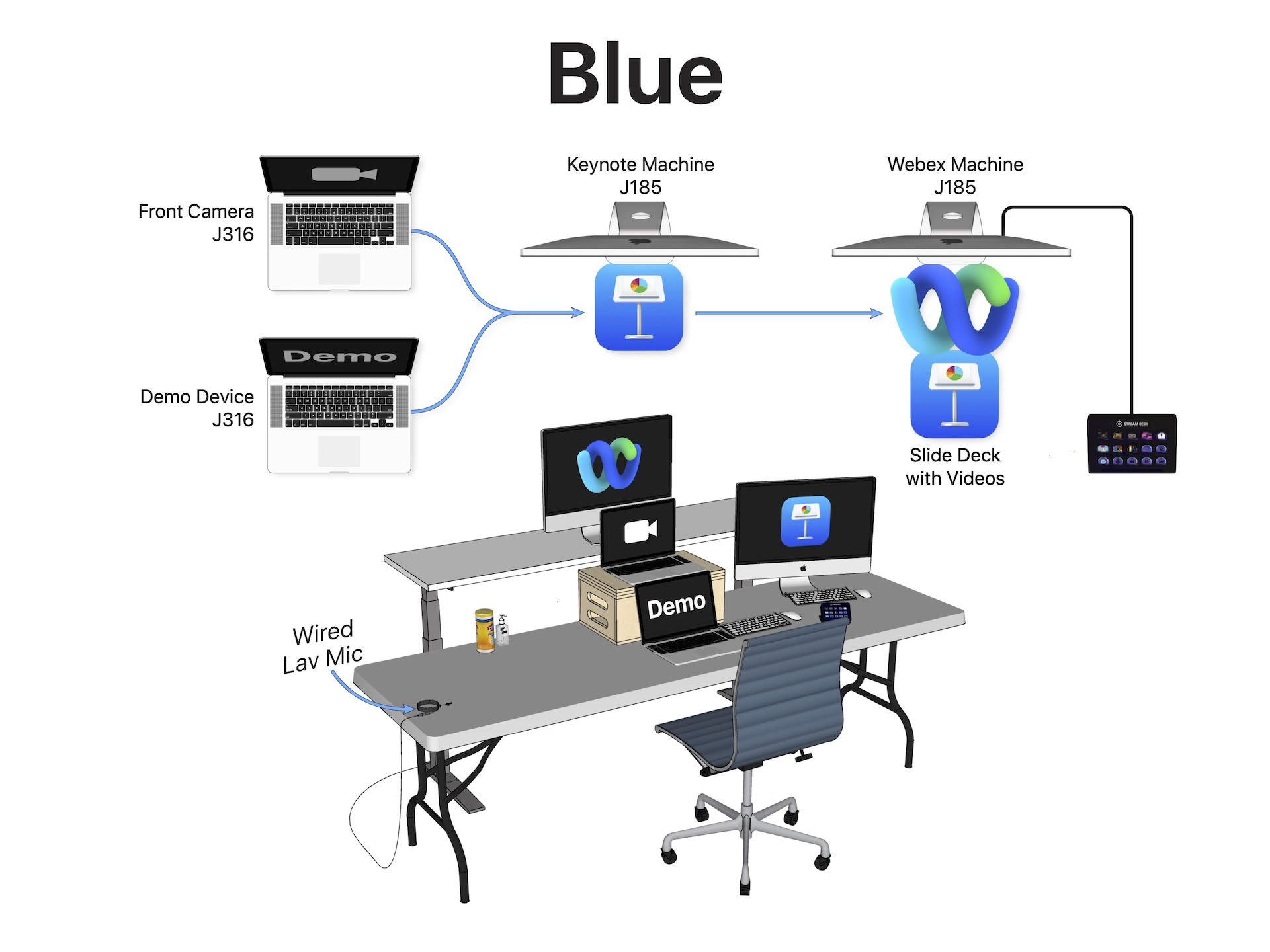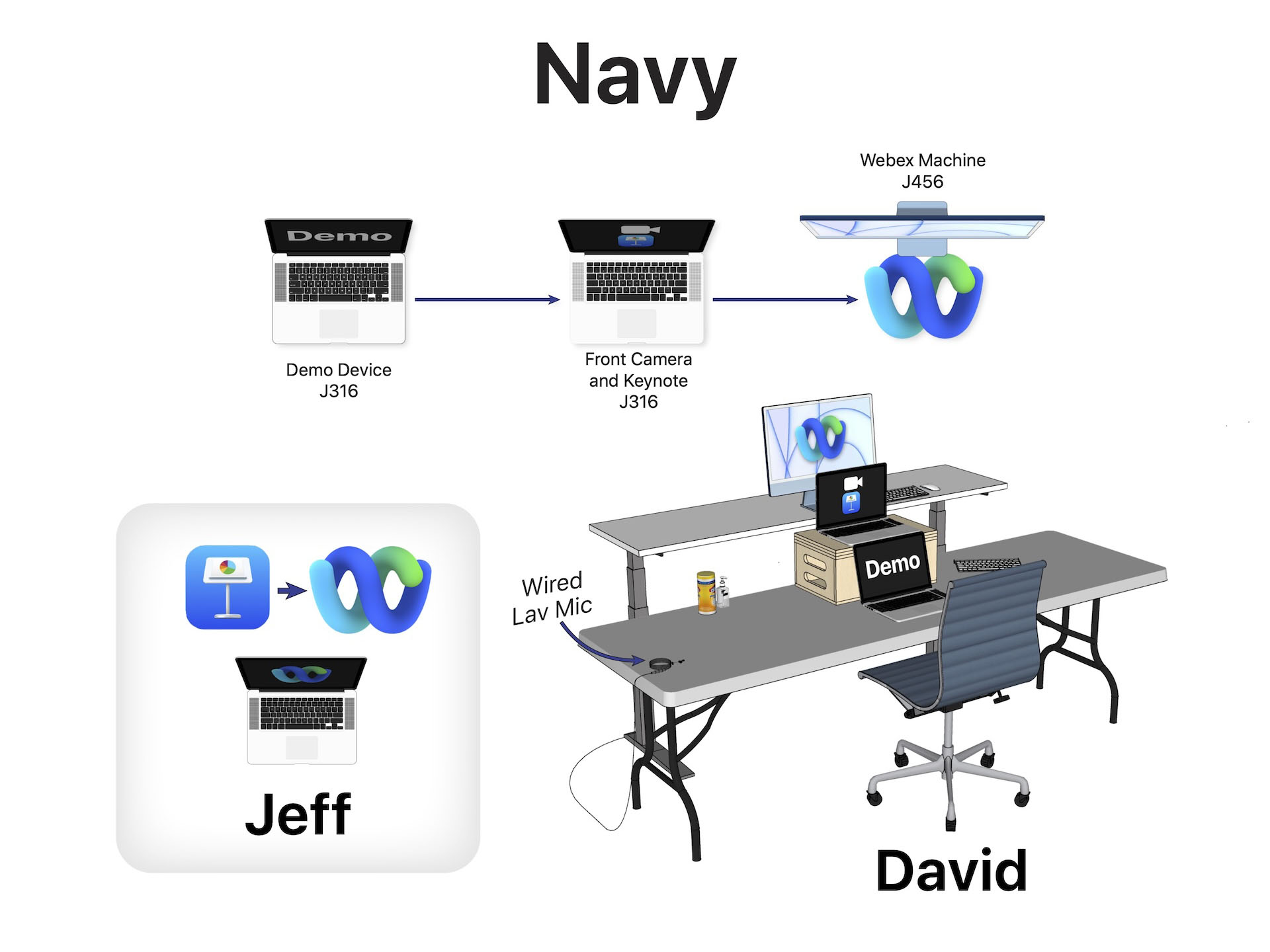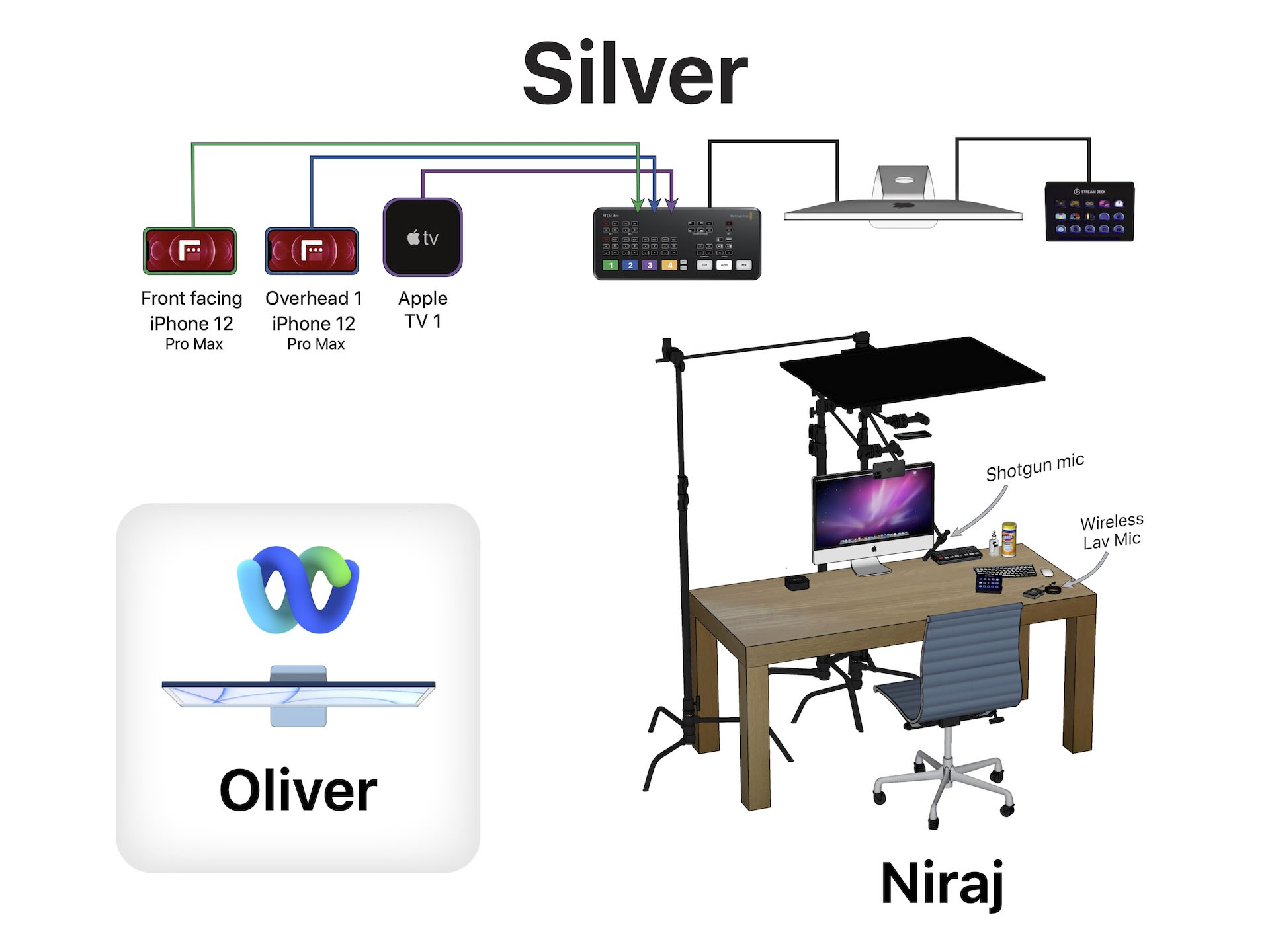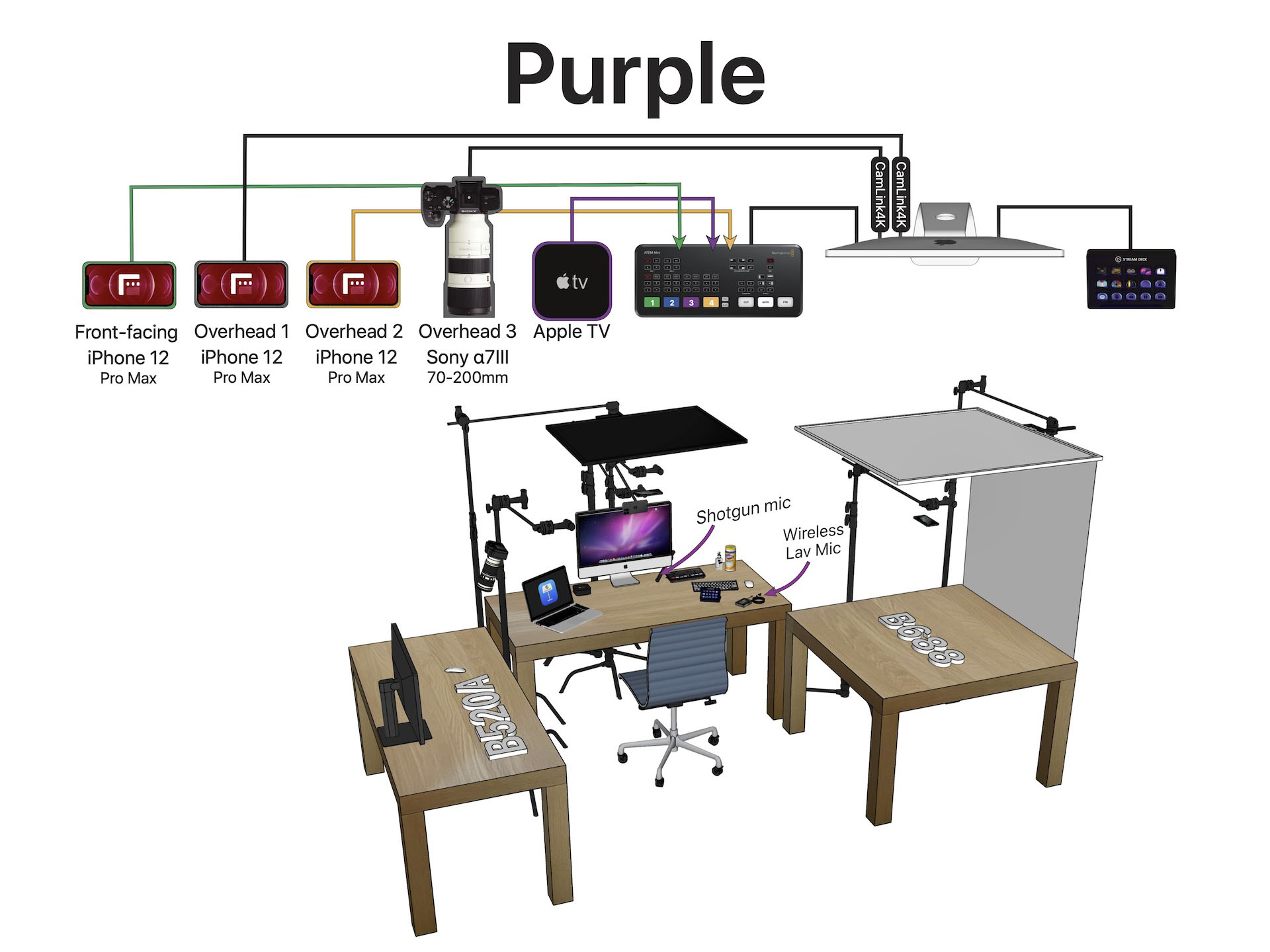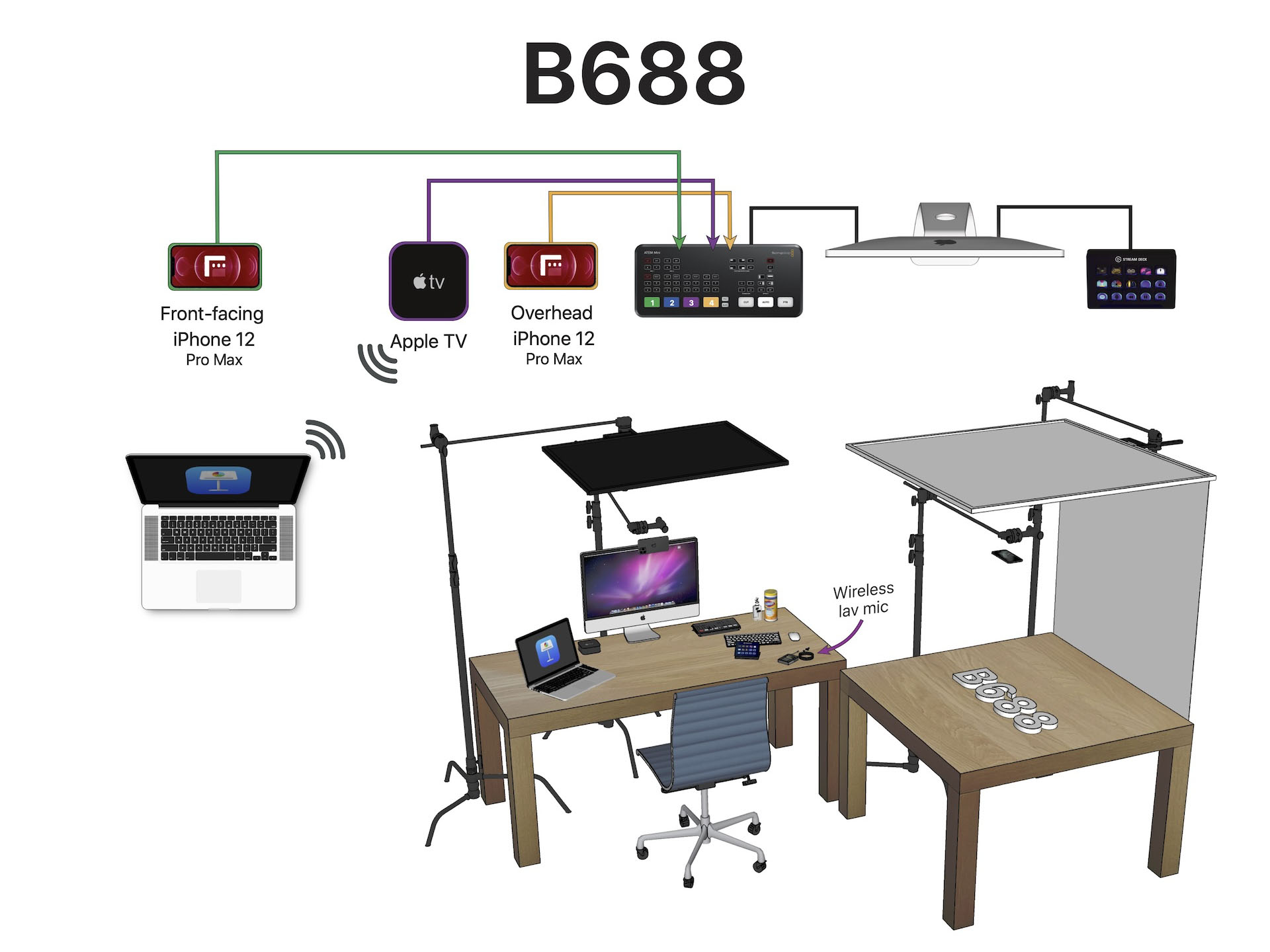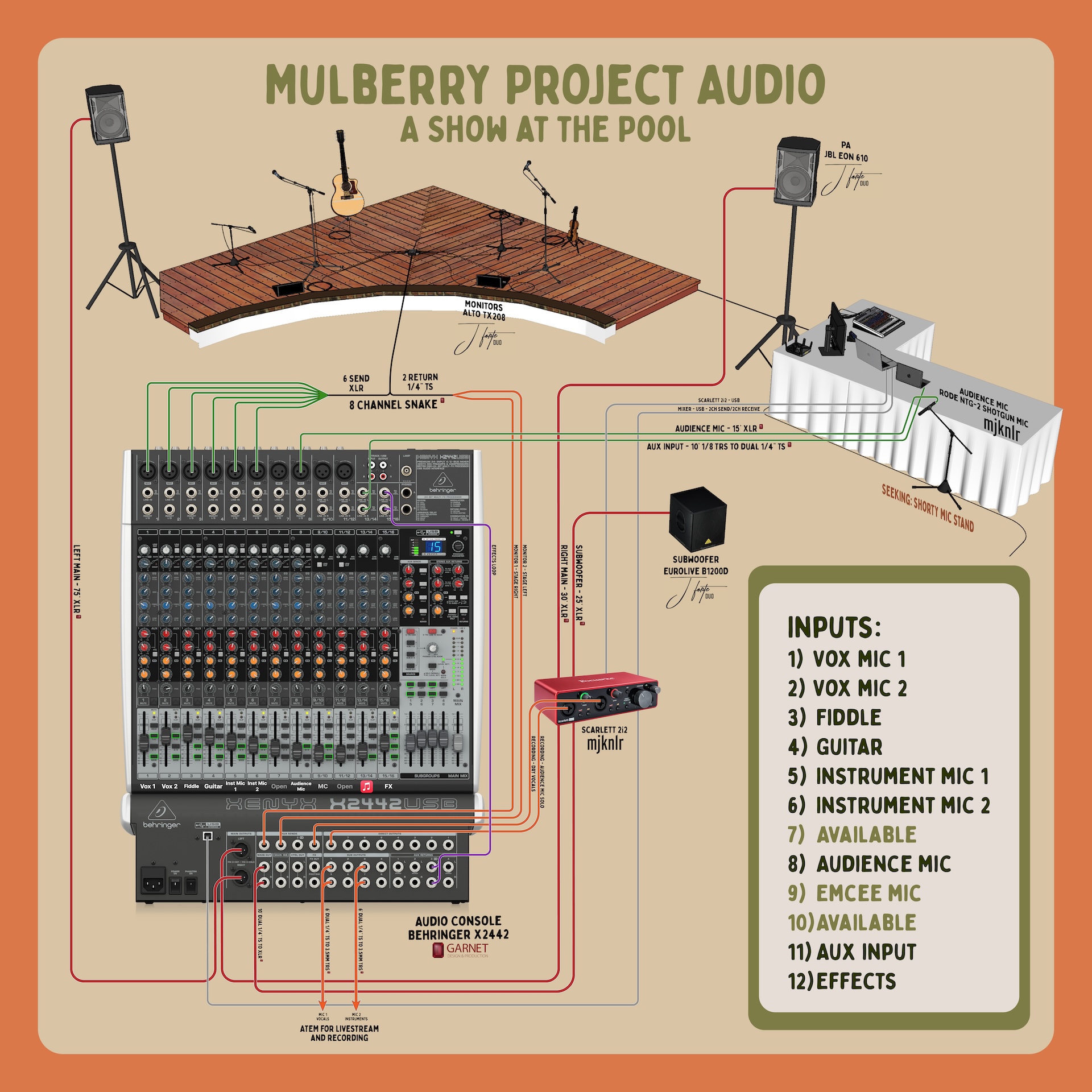Signal Flow
I call myself "Steward of the Signal." No matter what form signal takes, there is an order to its flow. Whether the signal is encoded on soundwaves, light, bits, words, or other, it is important to take care over its fidelity.Part 1
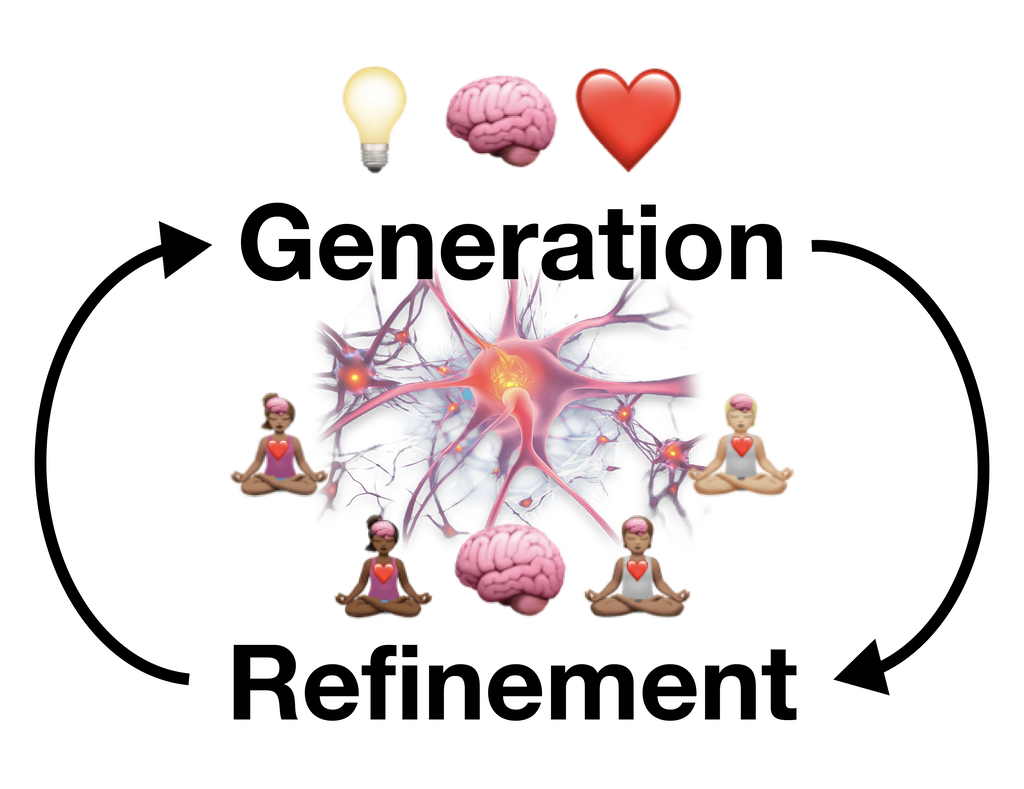 The signal flow starts with generation and refinement. Generation happens in the collective hearts and minds of people. Generation happens through ideation, inspiration, and the process of study and assimilation. Refinement happens through sharing our ideas with each other so that we can engage in critical discussion and external processing. The creative process is an engagement with the iterative cycle between generation and refinement. Examples include:
The signal flow starts with generation and refinement. Generation happens in the collective hearts and minds of people. Generation happens through ideation, inspiration, and the process of study and assimilation. Refinement happens through sharing our ideas with each other so that we can engage in critical discussion and external processing. The creative process is an engagement with the iterative cycle between generation and refinement. Examples include:
- imagining,
- dreaming,
- daydreaming,
- collaboration,
meditation,
channelling,
critique,
iteration, etc.
Part 2
 Part 2 is capture and encoding. This can be an analog process like taking meeting notes, summarizing discussions and posting the summary in the online Discord server. Taking ideas and forming them into language is an encoding process, so deciding what language we want to use as a collective is part of this. Building curricula is an encoding process. Signal capture and encoding in digital form may be an audio or video recording. Creating formal documentation like brand guidelines, values statements, marketing materials, etc. is part of the capture and encoding process. Microphones and video cameras are capture tools. Eyes, ears, and brains are capture tools too.
Part 2 is capture and encoding. This can be an analog process like taking meeting notes, summarizing discussions and posting the summary in the online Discord server. Taking ideas and forming them into language is an encoding process, so deciding what language we want to use as a collective is part of this. Building curricula is an encoding process. Signal capture and encoding in digital form may be an audio or video recording. Creating formal documentation like brand guidelines, values statements, marketing materials, etc. is part of the capture and encoding process. Microphones and video cameras are capture tools. Eyes, ears, and brains are capture tools too.
Part 3
 Part 3, transmission, is about how we send signal to the intended destination. Transmission happens in analog ways by speaking words, in-person to one another and we can amplify that signal with a PA. Digitally encoded signal can be routed over the internet through different channels like social media platforms or virtual platforms like Zoom. Certain materials carry signal better than others. Signal can be carried over human built infrasturcture like wire or fiber cables, pipes, forms, diagrams, documents, etc. or it can be carried over organic routes like air, language, art, and music. It gets decoded and recoded many times along the signal chain and each codec is a chance for signal to be lost or corrupted. Signal cannot improve once it enters the transmission phase, it can only degrade.
Part 3, transmission, is about how we send signal to the intended destination. Transmission happens in analog ways by speaking words, in-person to one another and we can amplify that signal with a PA. Digitally encoded signal can be routed over the internet through different channels like social media platforms or virtual platforms like Zoom. Certain materials carry signal better than others. Signal can be carried over human built infrasturcture like wire or fiber cables, pipes, forms, diagrams, documents, etc. or it can be carried over organic routes like air, language, art, and music. It gets decoded and recoded many times along the signal chain and each codec is a chance for signal to be lost or corrupted. Signal cannot improve once it enters the transmission phase, it can only degrade.
Part 4
 The final part is part 4, decoding. The sender has little control over this piece of the signal chain. Decoding happens on the other end of transmission. In an analog sense it can be a question of how loudly or clearly the receiver can hear the words the words being said at a meeting or an event. Out in the open, signal drops off quickly versus an enclosed resonant space. We can amplify to improve the transmission in hopes that the receiver can receive a stronger signal in hopes that they will decode the signal with greater fidelity. In a context where we have encoded signal into a meme, message, or art, decoding is about how the person who saw integrated it into their understanding and worldview.
The final part is part 4, decoding. The sender has little control over this piece of the signal chain. Decoding happens on the other end of transmission. In an analog sense it can be a question of how loudly or clearly the receiver can hear the words the words being said at a meeting or an event. Out in the open, signal drops off quickly versus an enclosed resonant space. We can amplify to improve the transmission in hopes that the receiver can receive a stronger signal in hopes that they will decode the signal with greater fidelity. In a context where we have encoded signal into a meme, message, or art, decoding is about how the person who saw integrated it into their understanding and worldview.
Noise 🌁🌫️
Noise is how we refer to the unwanted or disruptive interference that gets mixed in with the encoded signal and distorts or degrades the quality of signal during transmission and reception. Noise obscures the intended message, reduces fidelity, and hinders effective communication by introducing inaccuracies or distractions. When stories are retold with discrepancies or inaccuracies, that is an example of analog introduction of noise. Values, principles, protocols, and culture norms are human-centered tools that we use to minimize the introduction of noise and maximize signal fidelity.Fidelity 🎯
Fidelity refers to the accuracy and faithfulness with which the signal is transmitted and received. It compares how closely the received signal matches the encoded signal. High fidelity implies minimal distortion or loss through transmission and decoding, ensuring that the message remains intact and true to its original form and meaning. Beyond the point of capture/encoding, signal fidelity never increases as it moves along the signal chain. In the process of transmission, recoding, and decoding, information is lost and noise is introduced.Bandwidth 🫴⏳📦🙆
Bandwidth refers to the volume or capacity that can be accommodated within a communication channel. It indicates the amount of information that can be transmitted per unit of time. In signal-flow, bandwidth determines the volume or complexity of data that can be effectively communicated. A wider bandwidth allows for higher capacity to transmit more information, while a narrower bandwidth restricts the amount that can be conveyed. Some examples of bandwidth restrictions we face are occupancy limits in the spaces that host our events, having limited time available, our social media reach, limits to human energies like creativity, imagination, motivation, and there are many more.Resolution 🔭⛰️🔬
Resolution pertains to the level of detail or granularity with which a signal is captured, encoded, transmitted, and decoded. In the context of communication, it refers to the clarity and precision with which information is represented and conveyed. Higher resolution signifies finer detail and clarity, enabling a more nuanced understanding of the message, while lower resolution may lead to information loss or ambiguity. Finer resolution requires more bandwidth. On one hand, zooming in too far on an image can obscure the bigger picture, but on the other a blurry picture can miss capturing important information.Stewardship
Definition: The careful and responsible management of something entrusted to one's care. It is a care over something that does not belong to you.Stewardship in the context of signal-flow refers to the responsible management and care of the communication process. It involves ensuring the integrity, reliability, and ethical use of communication channels, technologies, and information. Stewardship encompasses practices such as safeguarding against signal degradation, optimizing transmission efficiency, promoting transparency and accountability in communication, and respecting the privacy and rights of stakeholders involved in the process. It entails a commitment to fostering effective and ethical communication practices to facilitate mutual understanding and collaboration both within the organization and also as we engage outwardly.


